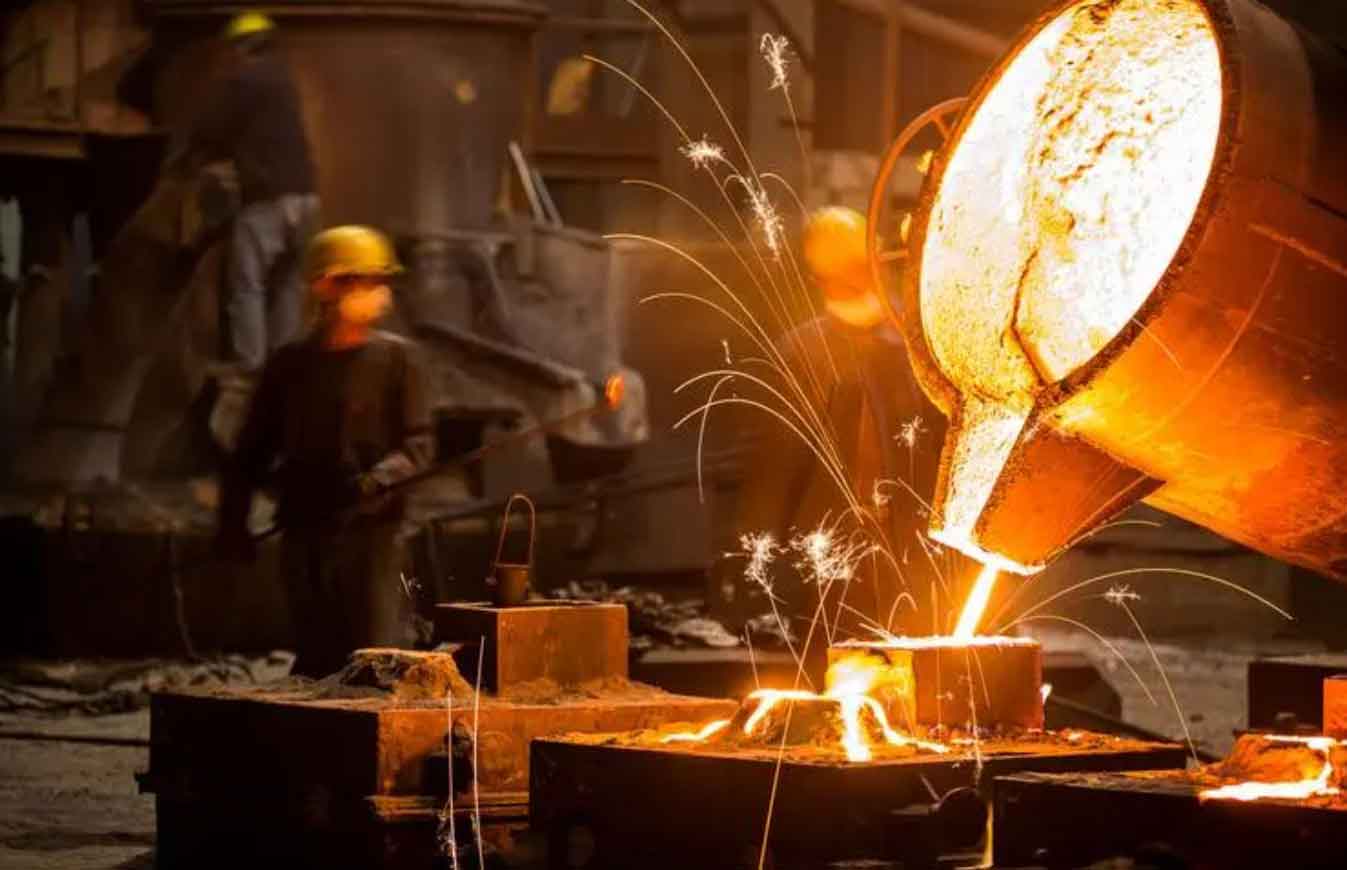Sand casting remains a cost-effective method for manufacturing complex geometries, yet traditional approaches face limitations in producing high-precision components like turbocharger volutes. This study proposes a hybrid methodology combining 3D-printed sand cores with numerical simulation to address shrinkage defects in aluminum alloy ZL101A volute castings. We systematically analyze the thermal behavior during solidification and implement process optimizations to enhance casting quality.
1. Material Characterization and Process Parameters
The chemical composition of ZL101A aluminum alloy is critical for predicting its solidification behavior:
| Element | Si | Mg | Fe | Cu | Ti |
|---|---|---|---|---|---|
| Content (wt%) | 6.84 | 0.33 | ≤0.05 | ≤0.05 | 0.14 |
Key sand casting parameters were established through thermal analysis:
- Pouring temperature: 720°C
- Mold-sand interface heat transfer coefficient: 228 W/m²·K
- Solidification modulus: $$ M = \frac{V}{A} $$

2. Thermal Modeling of Sand Casting Process
The heat transfer during solidification follows Fourier’s law:
$$ \frac{\partial T}{\partial t} = \alpha \nabla^2 T $$
Where α represents thermal diffusivity (m²/s). ProCAST simulations revealed critical thermal gradients in the original bottom-gating design:
| Region | Solidification Time (s) | Temperature Gradient (°C/mm) |
|---|---|---|
| Riser | 42 | 8.7 |
| Volute Top | 68 | 3.2 |
3. Gating System Optimization
Comparative analysis of two sand casting designs:
| Parameter | Bottom-Gating | Top-Gating |
|---|---|---|
| Filling Time (s) | 6.2 | 5.8 |
| Max Velocity (m/s) | 1.4 | 0.9 |
| Shrinkage Defect Volume | 12.7 cm³ | 2.3 cm³ |
The optimized top-gating system integrates sprue and riser functions, governed by Bernoulli’s principle:
$$ \frac{P}{\rho g} + \frac{v^2}{2g} + z = \text{constant} $$
4. 3D-Printed Sand Core Design
Four-part core assembly reduces weight by 18% compared to conventional sand casting patterns:
- Upper mold (1.2 kg)
- Lower mold (1.5 kg)
- Flow channel core (0.8 kg)
- Integrated riser/sprue (0.5 kg)
Dimensional accuracy follows additive manufacturing resolution:
$$ \Delta x = \pm 0.1\% \times L + 50\mu m $$
Where L represents characteristic length (mm).
5. Solidification Defect Prediction
Niyama criterion validates the optimized sand casting process:
$$ N_y = \frac{G}{\sqrt{\dot{T}}} $$
Critical threshold values:
| Defect Type | Niyama Value |
|---|---|
| Microporosity | < 1.0 |
| Sound Casting | > 2.0 |
6. Industrial Validation
X-ray inspection confirmed defect reduction in 3D-printed sand casting components:
| Quality Metric | Traditional | 3D-Printed |
|---|---|---|
| Surface Roughness (Ra) | 12.5μm | 6.8μm |
| Dimensional Tolerance | ±0.5mm | ±0.2mm |
| Scrap Rate | 18% | 4% |
This hybrid approach demonstrates how 3D-printed sand casting technologies can overcome traditional manufacturing limitations while maintaining economic viability for complex automotive components.
